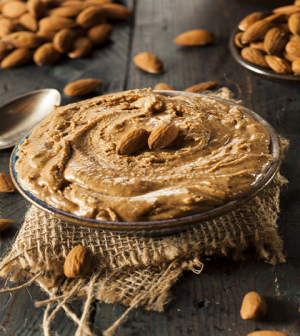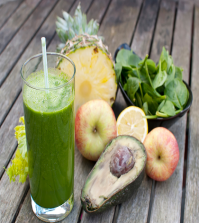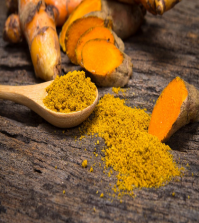- Everything You Should Know About Juicing Diets
- How Has the Mind Body Link Turned into a Connection with our Smart Phones?
- Is Turmeric a Superior Alternative to Pills for PMS Symptoms?
- 6 Simple Yoga Asanas to Crush Stress Everyday
- Juicer vs Blender – Which is the Best Option?
- 7 ESSENTIAL NUTRIENTS YOU MAY BE MISSING IN YOUR DIET
- 26 Advantages of Detox Juicing Recipes
- Everything You Need to Know About Juicing Beets
- Power Yoga: The Ultimate Answer To Weight Loss
- 13 Amazing Grapefruit Juice Benefits
Raw Almond Butter

Raw Almond Butter
Remember those days when you could walk into the store and just grab your peanut butter and go? Thank goodness those days are over! Now, when you head to the nut butter aisle, you’ll find a wealth of options that can be somewhat overwhelming. If you’ve decided to make some changes in your diet so you can become healthier, skip over the traditional peanut butter, and start looking at almond butter – you are sure to find a new favorite!
Almond Butter Choices
While there are different brands of almond butter, the major choice you have to make is whether you are going to go with raw almond butter or the roasted option. The difference between these two choices may seem simple, but the reality is there is more to it than simply a matter of taste – there is also the matter of health benefits.
Raw almond butter is made with nuts that have not been introduced to a heat source over 104 to 120 degrees F. Roasted nut butters have generally been exposed to dry air temperatures as high as 212 degrees F. This pasteurization process was mandated in 2007, when salmonella was found in two separate batches of almonds. While making sure the nuts used in the butter are safe is important, the roasting process has a major impact on the actual goodness of the nut:
- Enzyme Destruction – Enzymes are an important part of the digestion process, and almonds have their own helpful enzymes that make it much easier for the digestive system to break down the food. However, when almonds are pasteurized, those enzymes are killed, which means we have to rely on our bodies to create the additional enzymes needed to break down the foods.
- Vitamin Loss – Raw almonds are packed full of beneficial vitamins and minerals, but many of these are destroyed when subjected to high heat. This means that roasted and pasteurized nuts just don’t provide the same health benefits as their raw counterparts.
Finding Raw Almond Butter
Due to the pasteurization laws in the US, it can be a bit tricky to find raw almonds. You will likely need to check out your local farmer’s market, which are allowed to sell unpasteurized almonds in smaller quantities. You also have the option of sourcing them outside of the US, but this is not necessarily the safest option, since you have no idea what conditions under which the almonds were grown and shipped.
Raw Almond Butter Differences
When choosing raw almond butter, you are likely to notice two things – oil and color differences. The oil is the natural oil in the nuts, which just needs to be stirred to reincorporate it. The color differences denote just how much the nuts were processed. Your best bet is to choose raw almond butter that has obvious color variations, with small particles of almonds visible – you’ll be getting butter that hasn’t undergone tons of processing. You should also try to make sure you are purchasing raw organic to make sure you aren’t adding unnecessary chemicals to your foods.






0 comments